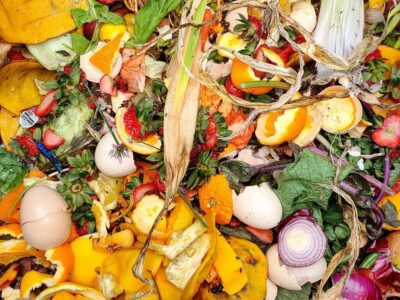
1. What drew you to the Master of Science in Sustainability Management (MSSM)?
I was working in the beauty industry and got asked to work on creating a green brand. During my research, I came across the MS program but also realized that I didn’t quite understand what I was being asked to do. Thus, in the effort to avoid greenwashing, I wanted to apply to the program to learn more about the correct approach to sustainability.
2. What do you intend to do professionally once you achieve your degree?
I like being at the center of the action. Ideally, I would like to work in a consulting capacity but I am also open to going back and working in house on corporate strategy. I really loved working in the private sector before I made my decision to go back to school. In the private sector you are dealing with huge problems and have (usually) amazing resources to help you solve those challenges. Having worked in that world for so long, I understand how to navigate the corporate world and with my degree, I will be better able to sell why ESG matters as much as other business decisions. The public sector of emerging markets is the only other place that I can see with the same level of challenges and resources.
3. What do you think is the most important sustainability challenge?
The biggest sustainability challenge that I see coming is the impact on emerging markets. In the coming years, emerging markets will eventually be responsible for 50% of the emissions that contribute climate change. What happened in the Philippines is only one part of the equation. There has been a heavy focus on the environmental side of sustainability but the economic and social are going to play a much bigger part in the years to come.
4. What skills and tools have you acquired through the program so far?
I feel better equipped to go into a corporation and navigate the process of integrating sustainability into business. For instance, I now understand how to do a greenhouse gas inventory. I also think that the program’s policy courses have helped me to understand the thought process of people on the other side of the table which I believe will strengthen my stakeholder engagement skills.
5. How have you applied what you’ve learned in the program so far?
I have actually had the opportunity to write quite a few memos in professional settings which is a basic skill that I practiced in Howard Apsan’s Sustainability Management class.
6. Beyond the classroom, what extracurricular sustainability related have you engaged in with your fellow Sustainability Management students?
I am a co-president of the Sustainability Management chapter of Net Impact (you can find us on Facebook under “SUMANI”), have competed in the Hult Prize, joined the board of the Columbia Graduate Consulting Club. I have also done two semesters of consulting as part of Columbia’s Impact Investing Initiative (CI3). Lastly, I am part of the Columbia University Coalition for Sustainable Development (CUCSD) COP20 Delegation that will be traveling to Peru in December for the Lima Climate Change Conference.
7. What is your favorite class in the MSSM program so far and why?
It is hard to choose one. I love being out of my comfort zone though, so I can say for certain that one class that has really pushed me to do that would be Cost Benefit Analysis taught by Professor Satyajit Bose.
8. How do you intend to utilize your degree from the MSSM program to further your career?
After the program, I hope to develop corporate sustainability strategies.
The M.S. in Sustainability Management, co-sponsored by the Earth Institute and Columbia’s School of Continuing Education, trains students to tackle complex and pressing environmental and managerial challenges. The program requires the successful completion of 36 credit points. Those credit points are divided among five comprehensive content areas: integrative sustainability management, economics and quantitative analysis, the physical dimensions of sustainability, the public policy environment of sustainability management, and general and financial management. Visit our website to learn more.



